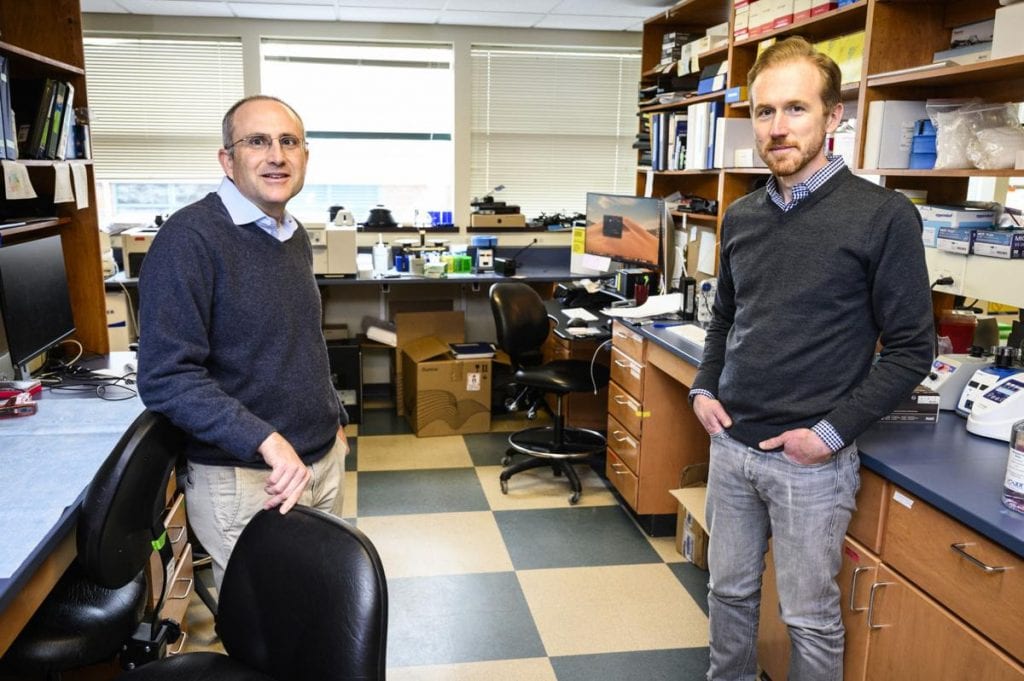17 Jun UW-Madison expands COVID-19 sequencing, joining global project to improve pandemic response

UW-Madison researchers David O’Connor, left, and Tom Friedrich are members of the team for the new Pandemic Prevention Institute. JEFF MILLER, UW-MADISON
UW-Madison professors at the forefront of sequencing COVID-19 strains in the community are expanding their research tracking the virus’ spread while fostering closer ties with more public health agencies with the hope of improving future pandemic response.
The university is joining more than 20 public, private and nonprofit partners as part of a newly announced Pandemic Prevention Institute that will establish hubs across the country to sequence COVID-19 samples in specific regions. UW-Madison professors will lead the Upper Midwestern hub. As a part of the broader network, UW will partner with researchers at the Massachusetts Institute of Technology, Harvard, Louisiana State University and the University of Florida.
“The goal is to foster better connections between academic scientists and public health experts so that advances in viral genomic sequencing can be translated into more effective public health measures,” UW pathology professor Thomas Friedrich said. “The hope is to build infrastructure that will be sustainable and able to respond to future pandemics.”
The project is privately funded by the Rockefeller Foundation for one year, but the hope is that it will eventually lead to federal funding, Friedrich said.
Genomic sequencing conducted by Friedrich, along with his colleagues Shelby O’Connor and her husband, David O’Connor, will support the Prevention Institute’s mission of identifying and tracking outbreaks and variants, while also creating a network of researchers and medical professionals to increase information sharing with local health departments, which hasn’t historically been the approach between those entities.



